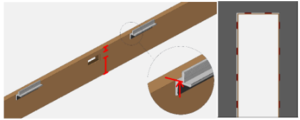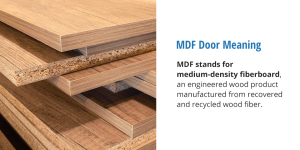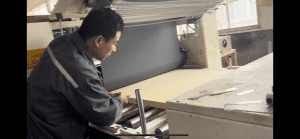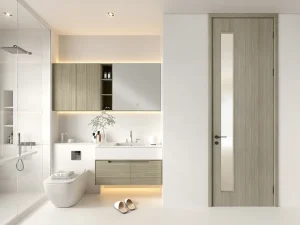Medium Density Fiberboard (MDF) doors have gained widespread popularity in both residential and commercial settings due to their unique combination of durability, affordability, and aesthetic appeal. Crafted from fine wood fibers combined with resin and wax under high pressure and temperature, MDF offers a stable and versatile material for door manufacturing. This article explores the key advantages and disadvantages of MDF doors, providing a clear overview to help you decide if they suit your needs.
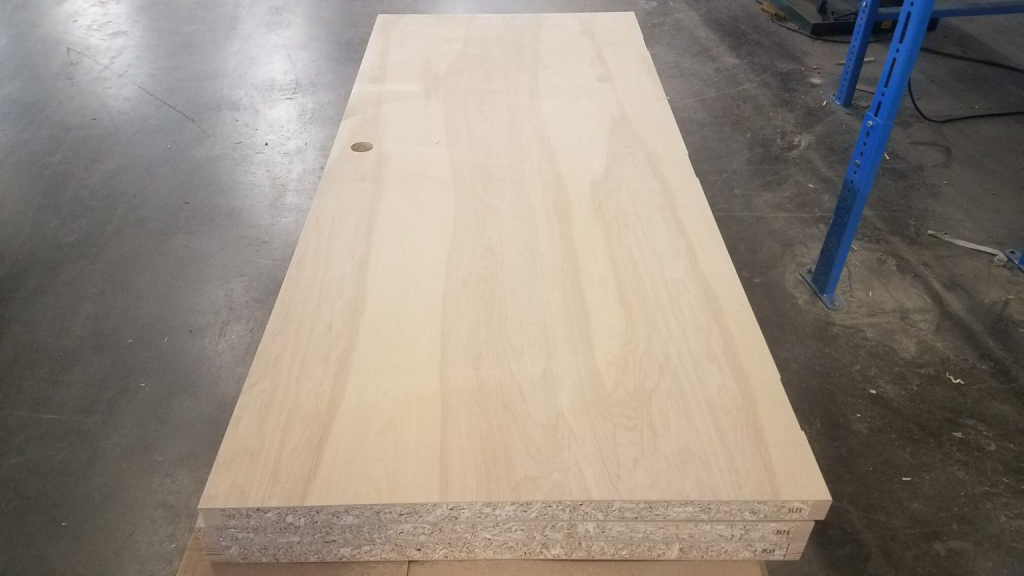
What Are MDF Doors?
MDF, or Medium Density Fiberboard, is an engineered wood product made by compressing wood fibers with binding agents like resin and paraffin. The result is a dense, smooth, and uniform material that resists many of the issues associated with natural wood, such as warping or cracking. MDF doors are commonly used for interior applications, offering a practical and stylish alternative to solid wood or metal options.
Advantages of MDF Doors
MDF doors come with a range of benefits that make them an attractive choice for many:
- Durability: MDF doors are built to last. Unlike chipboard, which may degrade within a few years, MDF withstands impacts, resists cracking and rotting, and is unaffected by pests or fungi. Manufacturers estimate a service life of 30-40 years, regardless of whether the board is thin or thick, making it a reliable long-term investment.
- Variety of Finishes: One of MDF’s standout features is its adaptability. It can be coated with paint, veneer, eco-veneer, or CPL-coating, allowing for customization in any color—be it bold green or subtle purple—or to mimic the look of natural wood. This versatility ensures MDF doors can seamlessly blend into any interior design.
- Eco-Friendliness: MDF aligns with the growing demand for sustainable materials. Made from wood fibers bound by natural lignin under high heat, it contains no harmful odors or toxins, unlike some plastic alternatives. This makes it a safe choice for health-conscious homeowners.
- Lightweight: Compared to heavy solid wood or metal doors, MDF doors are significantly lighter. This reduces the risk of sagging over time and simplifies transportation and installation, making them a practical option for DIY projects or professional setups.
- Thermal and Sound Insulation: Thanks to its wood-chip composition, MDF inherits the insulating properties of natural wood. When paired with proper sealing, MDF entrance doors excel at blocking noise and retaining heat, enhancing privacy and comfort in your home.
- Attractive Appearance: MDF doors offer a sleek, polished look, with a smooth surface that can replicate the texture and grain of real wood, adding elegance to any space.
- Affordability and Availability: MDF doors strike a balance between quality and cost. Widely available in both online and offline stores, from bustling cities to small towns, they provide an economical alternative to pricier materials like solid wood or metal.

Disadvantages of MDF Doors
Despite their many strengths, MDF doors have some limitations to consider:
- Price: While MDF doors are more affordable than solid wood or metal, they cost more than budget options like chipboard or plastic. The price also rises with the thickness of the MDF board, which may impact your budget depending on the project.
- Combustibility: As a wood-based material, MDF is flammable. Unlike metal doors, it offers limited fire resistance unless specially treated, making it less ideal for areas requiring enhanced fire safety.
- Difficult to Repair: If an MDF door sustains damage, such as dents or scratches, restoring its original appearance is challenging. In most cases, replacement is the only solution, as the material doesn’t lend itself to easy repairs.
- Moisture Sensitivity: While MDF can handle short-term exposure to moisture, constant high humidity—such as in bathrooms—causes the material to swell and deform. For wet environments, alternative materials are recommended.
- Fading from Sunlight: Prolonged exposure to direct sunlight can fade the finish of MDF doors, diminishing their aesthetic appeal over time. This makes them less suitable for outdoor use or sunlit areas without protective measures.
Conclusion
MDF doors offer an impressive mix of durability, customization, and cost-effectiveness, making them a top choice for interior applications. Their long lifespan, eco-friendly production, and ability to enhance insulation and aesthetics are compelling reasons to consider them. However, their susceptibility to moisture, sunlight, and fire, along with repair challenges, means they’re not a one-size-fits-all solution.
For spaces prone to humidity or sun exposure, you might explore other materials better suited to those conditions. That said, in most indoor settings, MDF doors deliver a winning combination of style, practicality, and value. When choosing a door, assess your specific environment and priorities to ensure MDF meets your expectations. For those seeking a balance of quality and affordability, MDF doors remain a standout option.

